- Write by:
-
Thursday, September 30, 2021 - 13:48:39
-
340 Visit
-
Print
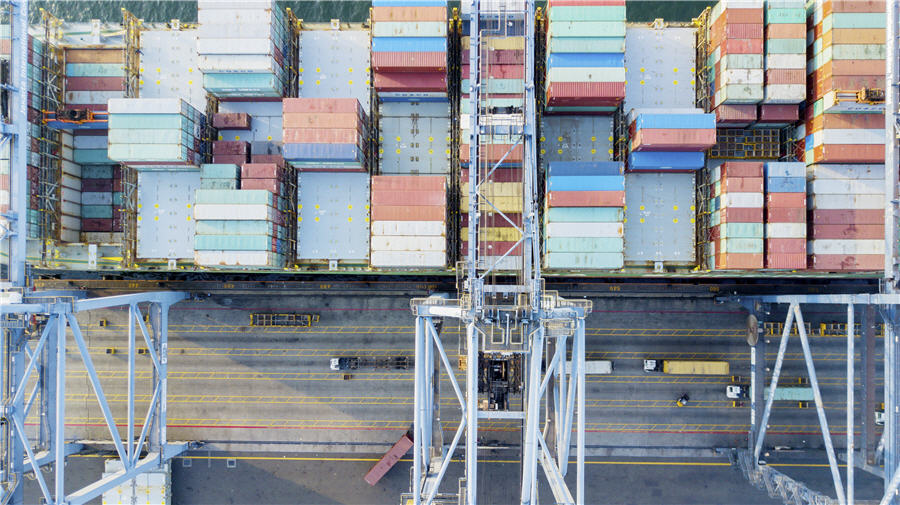
Mining News Pro - Nickel is having a bad week as China’s power crisis spreads from factories to households and its clamp down on steelmakers crimps the stainless steel market, still responsible for the bulk of demand.
Despite automakers’ clamour, less than 10% of nickel ends up in the battery supply chain, and market action is concentrated in Asia, specifically the Indonesia-China stainless steel industries.
Nickel market watchers are not unaccustomed to ups and downs – and Old Nick’s copper is having quite the year.
At 2021’s outset it looked destined for a new range above $20,000, only for Tsingshan to pull the mat from under bulls with an announcement carefully designed to greenwash the industry it created and keep nickel-pig-iron producers at the trough.
The Chinese company has been eating high on the hog despite its not-actually-that-new NPI-to-matte-to-sulphate process being proven to have emissions per tonne worthy of a swine factory farm.
Nickel back in the news
The market took less six months to digest Tsingshan’s porkies about NPI’s environmental footprint with the price hitting a 7-year high of $20,705 on September 10.
A week later Indonesia made a bombshell announcement, but unlike Tsingshan failed to move the market. LME nickel is now back at $18,450.
While the market shrugged Jakarta’s mooted legislation, a report by BMO Capital Markets at the time summed it up this way:
“Just when the nickel market was enjoying a period of relatively clear trends on both the supply and demand side, Indonesia has threatened to change the game once more with reported plans to ban or tax exports of nickel products.”
BMO says even though an outright ban is unlikely “any refined nickel restriction would be a new development, and more impactful on global market dynamics [than the ore ban].”
BMO believes market gyrations are going to continue, and as in the last decade, it’s Indonesia’s “fickle nickel policy” that will drive developments and prices:
Buoyed by the success of its banning of ore exports which turned the Asian nation into the globe’s top refined nickel producer (thanks in no small part to massive investments by Chinese companies like Tsingshan), Jakarta’s proposed ban would affect exports of any product with less than 70% nickel.
Higher floor price
NPI (12%–14% Ni) and ferronickel (25%–30% Ni) make up the vast majority of Indonesia’s 900kt per year exports, mostly to China and BMO says the world “simply can’t do without this material in the short term and should the proposals be watered down to a levy on exports it “would see the cost of Indonesian nickel delivered to the market rise yet again”:
“This would see a higher ‘floor’ price in the short term for LME nickel. Moreover, given Indonesia is viewed as the marginal nickel supply unit in the medium to long term, incentive prices may also have to move higher.”
Indonesia already accounts for 40% of the world’s mined nickel and enjoys an even more dominant position in the nickel into stainless steel industry but significantly, based on planned projects, the country’s nickel output was set to double by 2025, again mainly thanks to Chinese money.
The Indonesian government’s latest policy proposals around nickel dovetails with its sweeping ambitions for a homegrown electric vehicle industry (nickel supply worry-wart, Elon Musk, reportedly sent a delegation to the country) through the establishment of PT Indonesia Battery Holding.
Indonesia has already had success with this policy, attracting more than $10 billion of investment from Chinese and Korean battery makers. BMO points to recent comments which suggest Jakarta wants to preserve its existing nickel resources as EV demand ramps up.
Battery nickel worth a dime
China’s deep involvement in Indonesian nickel is not strictly comparable to its co-option of Congolese cobalt mining (under which the DRC is chafing) and an export tax may prune its appetite for Indonesian investments, but China’s grip on the battery metals supply chain will last decades regardless.
Nickel, while a relatively small market, is 20 times the size of the cobalt trade and nickel mining is not as concentrated (Congo supplies two-thirds of the world’s cobalt).
Dynamics are similar though, with demand from electric vehicles for both expected to increase five-fold over the next decade.
For nickel that means EV’s will require more than 1m tonnes according to BMO, compared to total mining production today of some 2.5m tonnes.
According to Benchmark Mineral Intelligence, nickel sulphate in Asia (>22% Ni, CIF) was trading at healthy $1,800 to $2,250 per tonne premiums over LME in August, up more than 24% since the start of the year.
Benchmark believes premium are likely to rise as the industry starts 2022 contract negotiations.
DRC vs HPAL DSTD
From an environmental standpoint, Indonesian nickel projects may come with even more red flags than artisanal cobalt from Congo (an issue that is finally being addressed).
Virtually all the new projects in Indonesia use high pressure acid leaching (HPAL) to extract nickel from low-grade laterite ores. Another nasty-sounding acronym associated with the country’s nickel output is DSTD (deep sea tailings disposal).
Apart from underpinning nickel prices, BMO believes Indonesia’s move should add impetus to projects outside the country:
“Given there are already concerns about the carbon footprint of Indonesian nickel, and the close ties into the China value chain, we anticipate [the Indonesian Investment Minister’s] announcement would push certain end users to renew efforts to source ex-Indonesia supply.”
Short Link:
https://www.miningnews.ir/En/News/616717
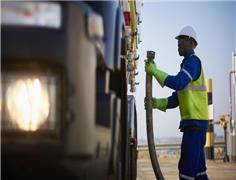
A Russian arbitration court ruled on Monday that four units of Swiss commodities trader Glencore will pay more than 11.4 ...
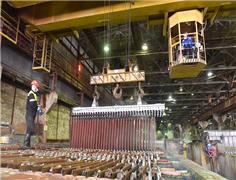
The London Metal Exchange (LME) on Saturday banned from its system Russian metal produced on or after April 13 to comply ...
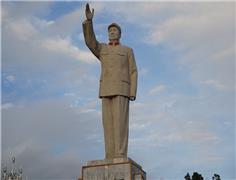
China’s state planner on Friday finalized a rule to set up a domestic coal production reserve system by 2027, aimed at ...
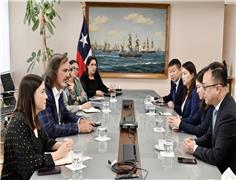
Chile’s SQM called another investors meeting at the request of its second-largest shareholder, Tianqi Lithium Corp., ...
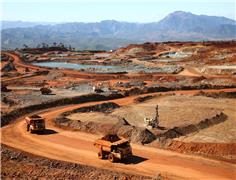
French mining group Eramet said on Wednesday it had reached an agreement with the French government to continue its ...
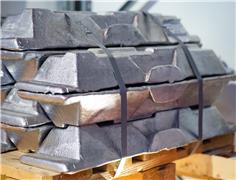
Vietnam’s top miner Vinacomin plans to invest 182 trillion dong ($7.3 billion) to ramp up its alumina-aluminum ...
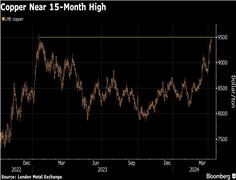
Copper traded near a 15-month high as supply concerns and brighter demand prospects triggered a slew of bullish calls on ...
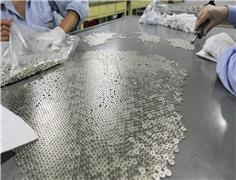
Rare earths prices in top producer China jumped to their highest in more than seven weeks on Monday on a wave of ...
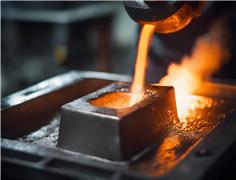
Copper jumped to its highest intraday price since January 2023 as the bellwether industrial metal faces rising tighter ...
No comments have been posted yet ...